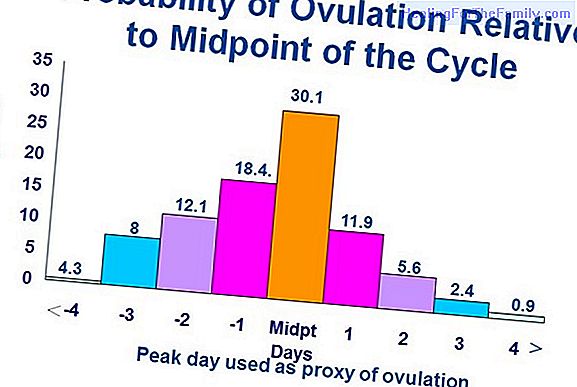What is the best cheese for children
Cheese is a dairy derivative that can be described in a very general way as curd milk of cow, goat, sheep or other mammal, through the action of animal or vegetable rennet. In addition, they carry dairy cultures that ferment lactose, and, sometimes, fungi can also be added, as in blue cheeses. There
Cheese is a dairy derivative that can be described in a very general way as curd milk of cow, goat, sheep or other mammal, through the action of animal or vegetable rennet.
In addition, they carry dairy cultures that ferment lactose, and, sometimes, fungi can also be added, as in blue cheeses. There are many varieties that can be found in the market, not only depending on the animal from which the milk is native, but also the maturation process of the final product. But what is the best cheese for children?
The best cheeses for the children

- The fresh cheeses:are under processed, and if to increase their expiration date, preservatives of some kind must be added, otherwise they have a suitable period of short consumption and must be kept in refrigeration . These cheeses have an added amount of salt, usually not very high, and are usually low in fat and protein. However, as it does not contain lactic bacteria, most lactose is present, unlike cured cheeses. They should not be confused with tender cheeses, which although short, have a maturation process, around 15 days. Both cheeses are generally very well accepted by children, and are a good alternative to milk.
- Cured, semi-cured and old cheeses:have a maturation process that can vary between 4 and 7 months. During this time, its water content decreases and concentrates its nutrients, being a final product with a high protein and fat content, but also micronutrients. Also its high salt content is something to consider, since it is advisable to control it in childhood. Semi-cured cheeses: they are left in a chamber for drying between 2 and 3 months, so they maintain a higher amount of water than cured ones and their macronutrients are less concentrated. Above 7 months of maturation, old cheeses, with very strong and intense flavors, have a higher fat and salt content and should be avoided. The semicured cheeses are, of the three, the best option to consume in childhood.
- Cheese with maturation based on fungi. They are usually fungi of the genus Penicillium, and act differently from bacteria. Its content in fats and proteins is variable, and its flavor and smell are usually very intense. In most cases they are not pasteurized, although they should not be considered dangerous, but they should be avoided in early childhood. Children are not usually attracted to these cheeses, given their appearance and the aroma they give off, although there is no problem in being eaten in moderation.
With a nutritional value very similar to that of milk, cheese is a recommended food for children, since it contains very attractive nutrients such as calcium and phosphorus for their bones.
However, the greater the maturation of the cheese, the higher the salt and saturated fat content, so it is convenient to control the size of the portions.












